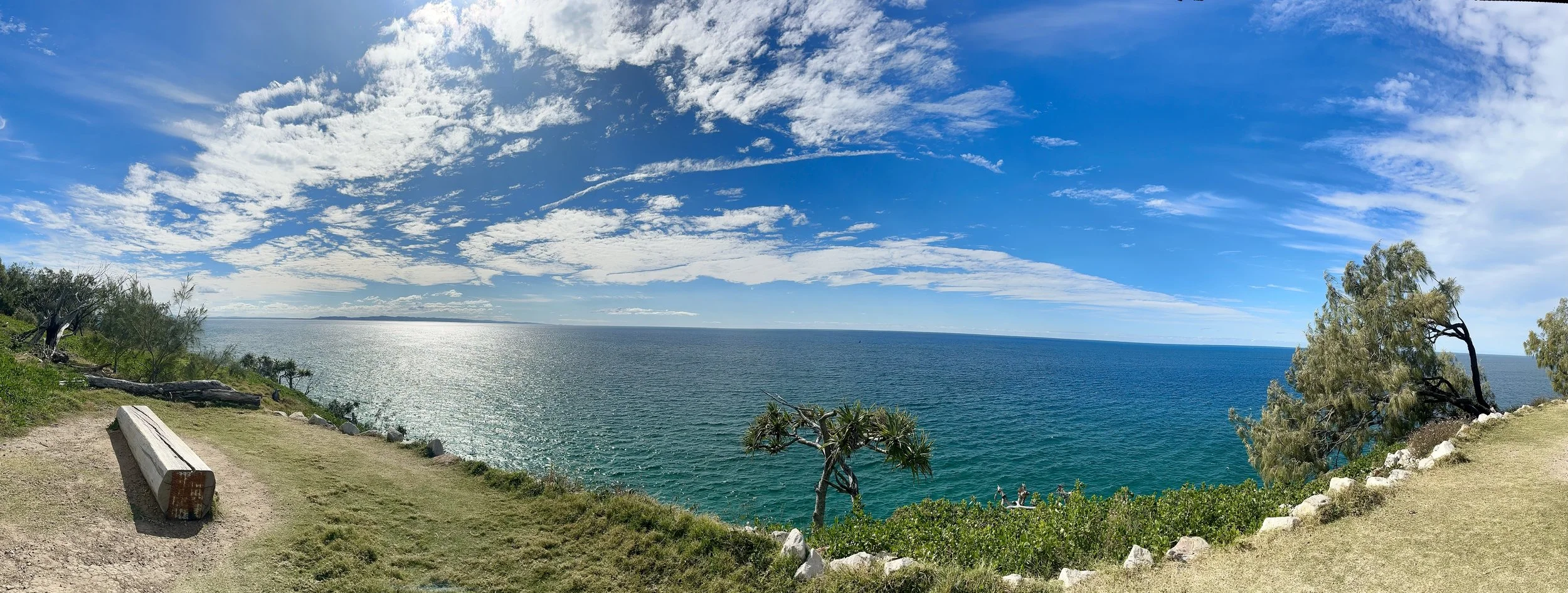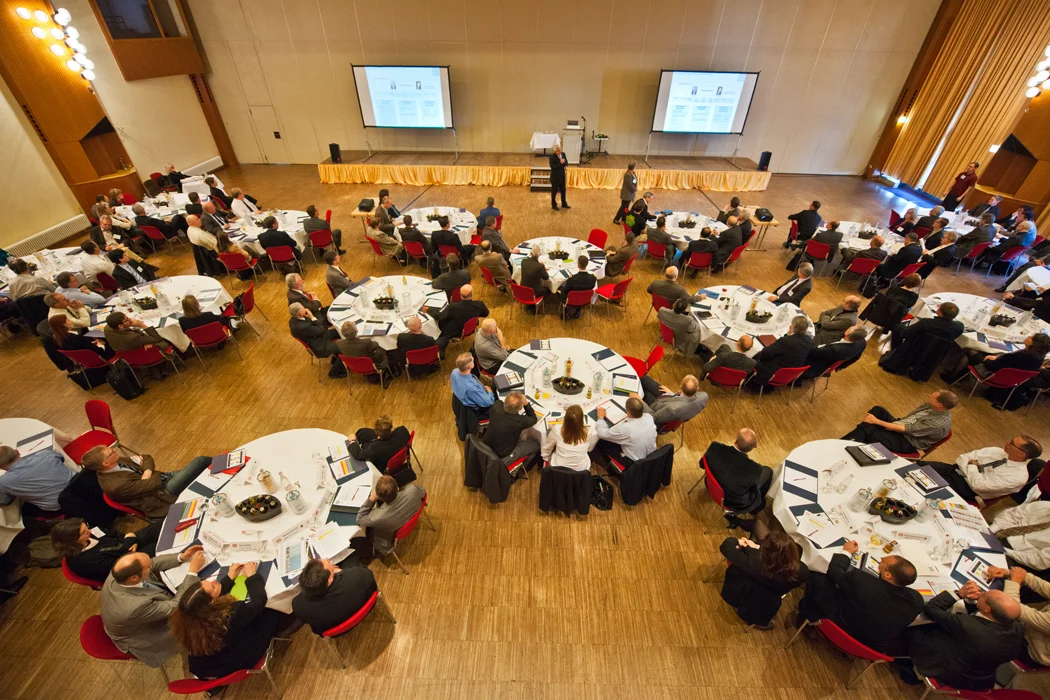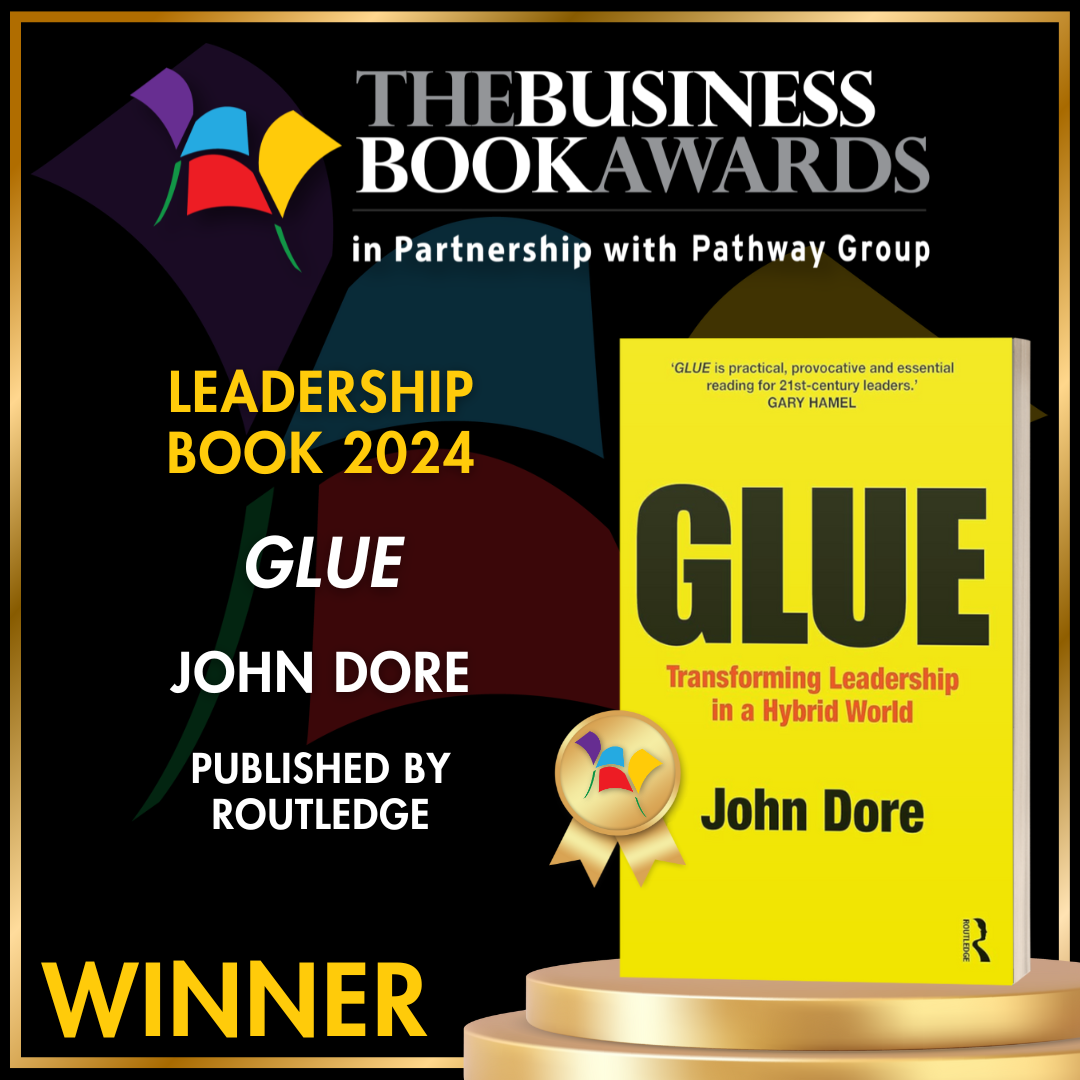The Secret of Brilliant Team Workshops
/How do you ensure that you execute your strategy through a team focused on the same priorities and a shared sense of mission and purpose?
Often this challenge comes sharply into focus during a leadership team’s annual offsite or workshop. These meetings can sometimes be pivotal, providing powerful clarity and conviction amongst the senior team. Too often though they fail to achieve very much and many participants dread the predictable format and experience of taking part. Over the years I have formed my own set of principles about how such meetings should be organised, led and delivered. But rather than give you a long list of do’s and don’ts, I think two pivotal experiences are worth sharing; one which highlights how much damage a badly convened team workshop can do, and the other, how the capabilities within teams can be harnessed with such impact.
In short, one day ended with tears. The other ended up being the making of careers.
The first meeting was held about a decade ago. The business was ‘re-engineering’ at pace, to a new model of operation which would provide “clarity, efficiency and economy.” Or rather, that’s what it said on the joining instructions. Unfortunately, I am not sure anyone truly bought the model before getting out of the cab that morning. No one was pre-briefed, or properly prepared. For a number of us, it seemed our executive boss was determined to put us through some sort of ‘mad-scientist’ social experiment by convening a workshop where contrary views were ignored and ideas dismissed. Conflict was brought to the surface (but not in a productive way) and two close colleagues faced off in a way I had never seen before. One left the room in tears. As far as I know, the rift created that day - amidst a mess of the flip charts, divergent arrows and white-board pens, remains. After two-days of debating and re-plotting the implementation of a change process that no one clearly believed in, the leadership team stumbled out into the air, exhausted, frustrated and as incoherent a team as when we had arrived. 15 people. 48 hours. Nothing achieved. A relationship damaged and a rudderless team left floundering. The business and its shareholders surely deserved better?
Ten years later, a different team offsite. This business had been hit by a series of shocks more potent than the ‘usual’ forces of markets, clients and regulators. The business was reeling with complex management issues. The very essence of the organisation’s brand was founded on exceptional standards of propriety, trust and integrity. And now it seemed holed. The two day workshop was a revelation and I saw a leadership team strengthened by the experience. The business was run by a man who took time to engage the team; not to mandate the steps that would need to be implemented, or simply to introduce the consultants who would engineer a route out of the malaise. He set out the problems before us, looking to the team for ideas, for solutions and practical steps that should be owned and acted upon in the weeks ahead. The meeting was facilitated independently and rigorously, so that views could be aired and discussed, but ultimately decisions could be made. Many of the team grew in experience, stature and status in the months ahead. There was more trepidation and uncertainty heading into that workshop than there ever had been in the other firm ten years before. But the coherence created was profoundly different.
Bringing teams together to navigate future business problems can be powerful. It can also be time consuming, risky and unproductive if not carefully thought through and led with expertise. Think about your next offsite or workshop. How does your leader engage with her or his team? When you work together on a strategy workshop, does the meeting design and facilitation leave space for contributions and alternative perspectives, or just press on with a pre-determined process? Are newer team members brought into the fold, without the trial of having to politically earn their spurs? The positive workshop experience, in stark contrast to the disaster some years earlier, showed me that a leader can imprint their own personality and values into their teams, simply by making the workshop a little more like themselves at their best: open, professional and involving.




































